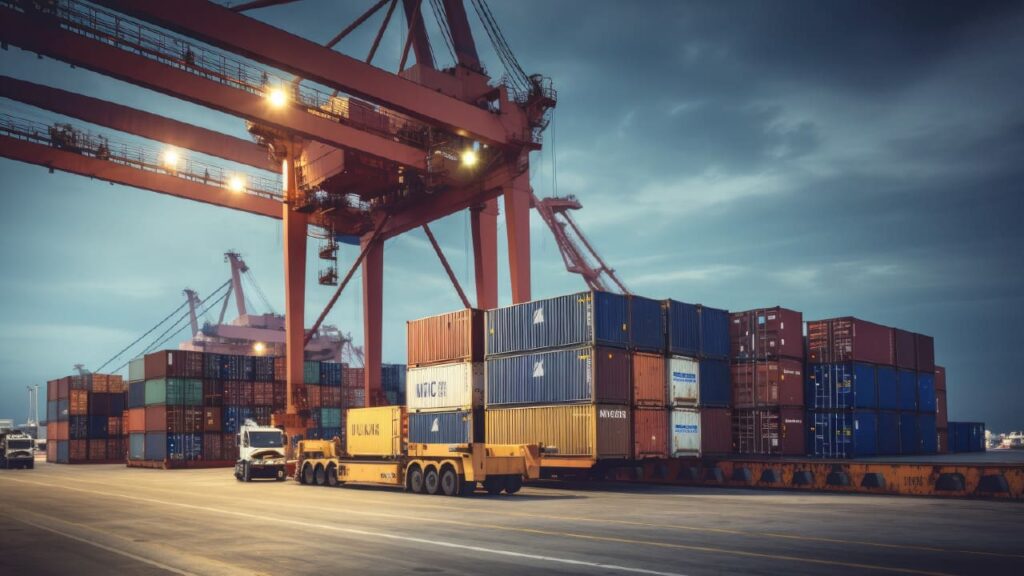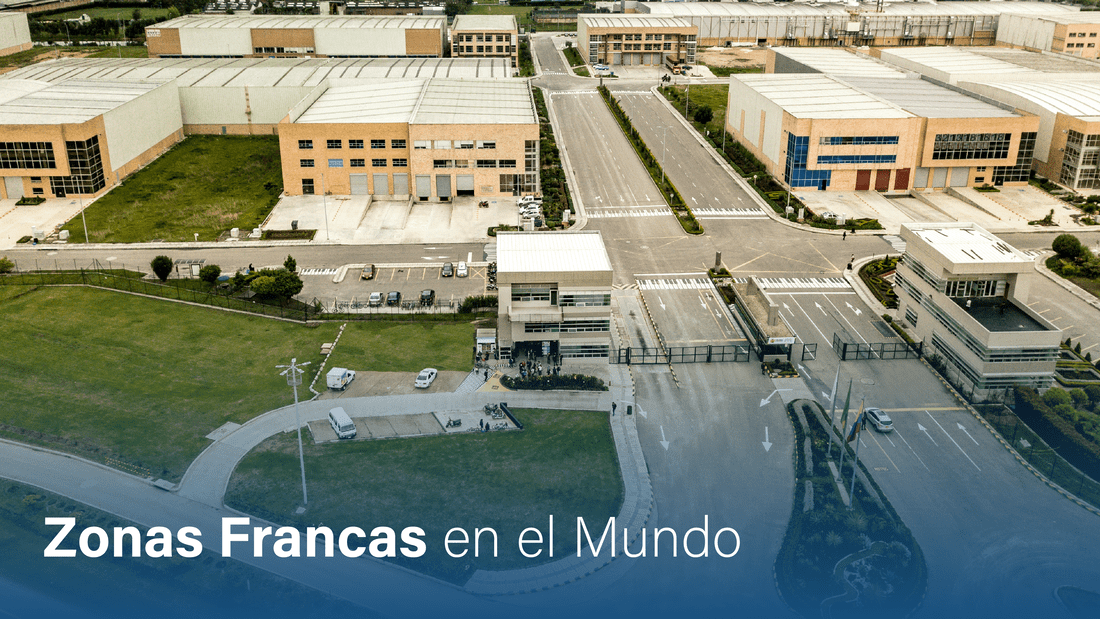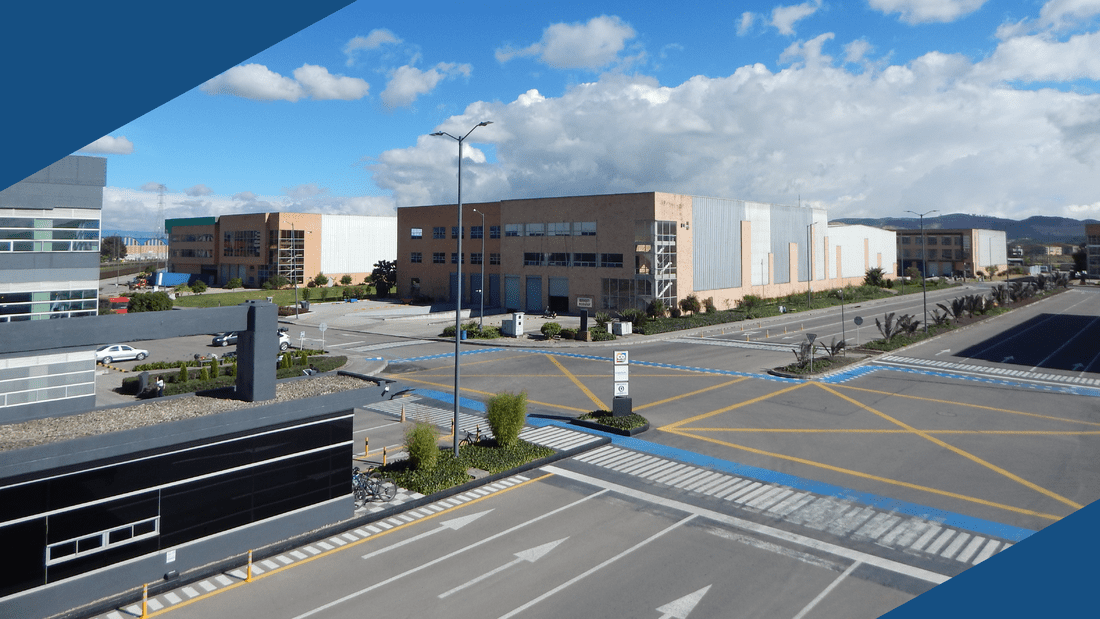In the world of national and international trade, there are different concepts and terms that are sometimes confusing. Two of them are free trade zones and free ports. Although both are related to trade facilitation and economic promotion, they have significant differences in terms of their operation and characteristics. In this article we will be able to analyze the difference between free trade zones and free ports.
From this point, it is necessary to start with the fundamentals to understand the difference between free trade zone and free port:
Definition and concept
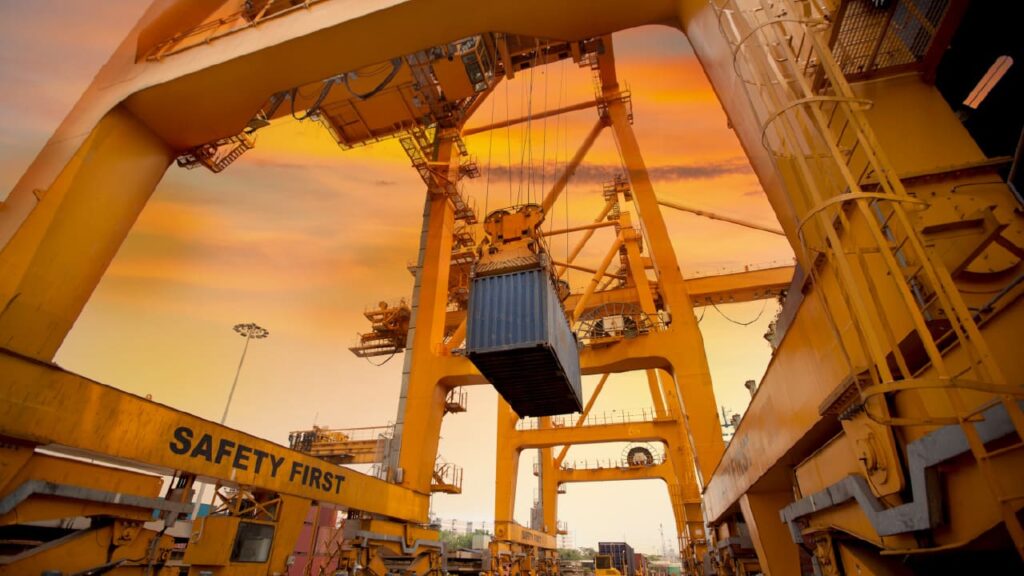
Free Zone
It is a delimited geographical area within a country, where special customs and fiscal regulations apply. Its main objective is to encourage domestic and foreign investment, promote international trade, through benefits and advantages to companies operating within it. These advantages include tax exemptions, simplified customs procedures and different regulations. This point begins to break down some of the functions of free trade zones. functions of the free trade zones.
Free Port
It is a sea or river port that is under a special trade regime, where rules and regulations different from those of the rest of the country apply. Import, export and re-export operations are allowed under favorable fiscal and customs conditions. These ports are usually strategic points for international trade and offer logistic and storage facilities for organizations.
Location and scope
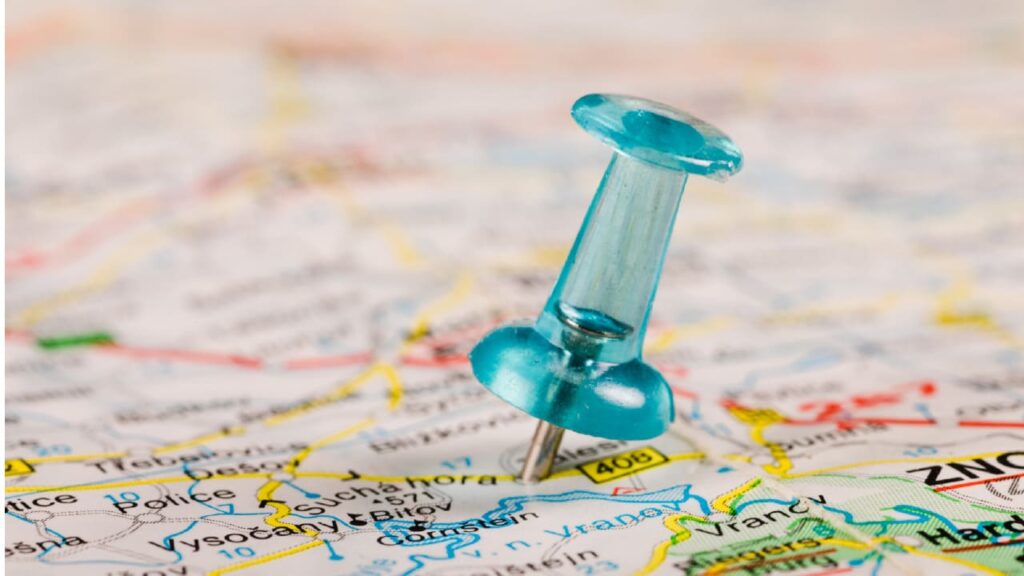
Free Zone
Due to the functions of free trade zones, they also depend on their location and scope, and can be located in both land and port areas. They range from small industrial areas to large complexes that include industrial parks, logistics centers and commercial zones. The companies operating from a Free Trade Zone have the advantage of being able to establish their facilities in a strategic location, close to ports or airports, which facilitates international trade.
Free Port
They are located exclusively in port areas and are specifically designed to facilitate maritime trade. They are points of entry and exit of goods and provide quality port infrastructure, such as piers, warehouses and efficient transport systems. They are characterized by their direct connection to major shipping routes and their capacity to receive and distribute large volumes of goods.
Customs and tax regulations
Free Zone
Companies operating there benefit from significant tax and duty exemptions or reductions. These organizations are generally exempt from paying income taxes, import and export taxes, and some local taxes. In addition, they benefit from a differential customs customs regime, which streamlines procedures and reduces operating costs.
Free Port
Here we can explain a difference between free zone and free port, the imported goods enjoy exemptions or reductions of taxes and duties during their storage or re-export. Goods imported into a free port are subject to the corresponding taxes and duties. In other words, the exemptions and reductions apply only while the goods are in storage or destined for re-export out of the country.
At free zoneIn addition to enjoying tax and duty exemptions or reductions during storage or re-export, goods are also marketed and sold in the local market without paying applicable taxes and duties.
In the functions of free trade zones or the options it provides, goods enter the local market without having to comply with the usual customs requirements and costs. Goods entering the local market from a Free Trade Zone are exempt from the usual customs requirements and costs.
Functions
- Functions of free zones: in the permitted activities, various alternatives are authorized, such as manufacturing, assembly, processing, storage, distribution and services related to international trade. In other words, there is a notable difference between free trade zones and free ports on this particular point.
- Free port: the main activities are focused on the import, storage, distribution and re-export of goods. Generally, no production or manufacturing activities are allowed in the free port, as noted, is a major difference between free zone and free port.
Learn more about free ports and how they differ from free trade zones
Free ports offer a number of benefits for international trade. They have special regulations and policies that encourage trade and differ from the functions of free trade zones.
Facilitate international trade
Despite the difference between free trade zones and free ports, they are not competitors, but complement each other in the task of having competitive organizations in international trade. international trade. Free ports eliminate or reduce trade barriers, such as tariffs, some import and export taxes, and complicated customs procedures. This facilitates the import and export of goods and reduces associated costs.
Stimulus to foreign investment
They attract foreign direct investment by offering an attractive business environment and a favorable regulatory framework to take advantage of tax and customs benefits. Here, they have an objective and essential equal to the functions of free zones and their approach.
Promotion of local economic activity
In this case there is no difference between free trade zone and free port, in both cases they generate employment and stimulate economic activity in the surrounding areas. The presence of international organizations and cross-border trade drive job creation, increase demand for local services and contribute to regional economic development.
Stimulation of the logistics and transportation sector

They are located in strategic areas with access to developed transportation infrastructure, which facilitates the efficient distribution of goods and fosters the development of the logistics and transportation sector.
Promoting competitiveness and innovation
The international trade development fosters competition and innovation. Companies seek to improve their efficiency, quality and technology to remain competitive in a free trade environment, which can have positive effects on the entire economy, being one of the most important functions of free trade zones.
Access to global markets
Free ports act as international trade hubs, providing companies with access to a wider global market. This opens up opportunities to expand the customer base, establish commercial alliances and take advantage of economies of scale, basically a benefit they share with free trade zones.
It is worth adding that the specific benefits vary by country and the specific regulations of each free port. Governments often establish them with the aim of boosting economic development and promoting international trade, but each individual case needs to be evaluated to fully understand the benefits and associated conditions.
Alliances between free trade zones and free ports, a possibility to boost trade
The complementarity between free trade zones and free ports lies in the synergy created when the advantages of both modalities are combined. On the one hand, the functions of free zones offer a favorable environment for foreign investment by providing tax, customs and regulatory benefits.
Companies located in free trade zones take advantage of this, reducing their operating costs and giving them more room to reinvest or expand their operations. In addition, simplified customs regulations streamline import and export processes, improving efficiency and reducing delivery times.
On the other hand, free ports provide a strategic infrastructure for international trade. This allows organizations to maximize their profits by avoiding the payment of additional tariffs and increases their competitiveness in international markets by offering more competitive prices.
In addition, free ports often have state-of-the-art logistics facilities and services, such as warehouses, cargo terminals and efficient transport systems, which facilitate the distribution of goods nationally and internationally.
When the advantages and functions of free trade zones and free ports are combined, alliances are created that enhance the benefits for companies and host countries. Organizations established in free trade zones have the option of taking advantage of free ports as strategic points for the storage and distribution of their products.
The direct connection between free trade zones and free ports allows for an efficient integration of supply chains. Goods have the alternative of being transported quickly and efficiently from the free trade zones to the free ports, which favors the agile distribution of products to international markets.
This benefits both the exporting companies and the host countries, as jobs are generated and economic growth is stimulated, further generating benefits for the functions of the free trade zones.
In many countries, government authorities have implemented strategies to foster integration between free trade zones and free ports. Logistics corridors have been established to facilitate the efficient transport of goods between these areas, improving connectivity and reducing delivery times.
In addition, measures have been implemented to promote investment in port infrastructure and the expansion of free trade zones, with the aim of attracting foreign investment and boosting economic growth through international trade.
Learn more about the infrastructure that Zona Franca de Occidente has for different types of companies, for example, its wide roads and maneuvering areas. Don't wait any longer and enjoy our security and complementary services.

